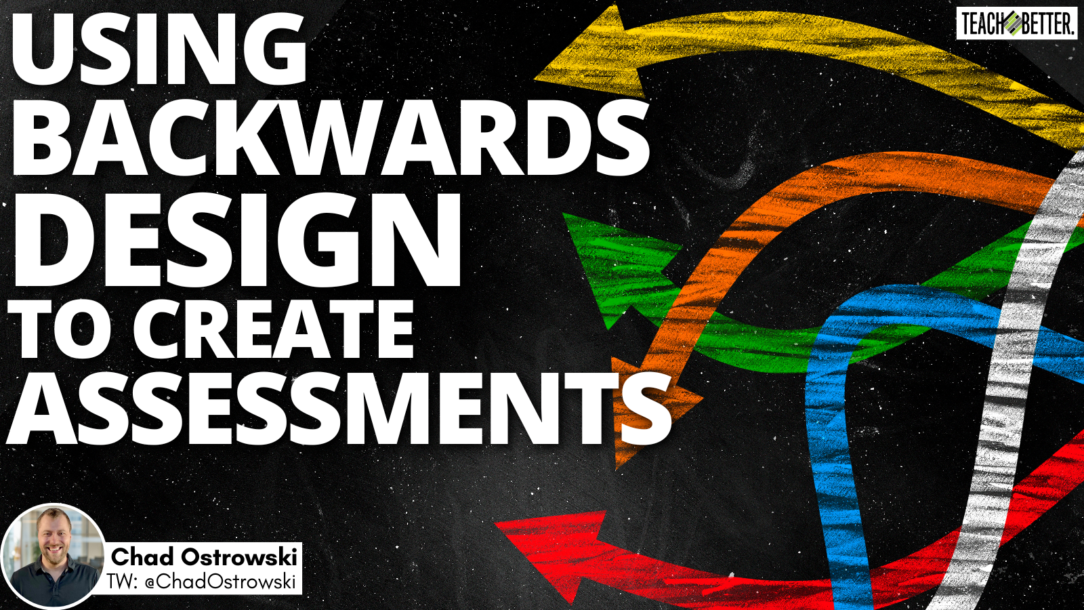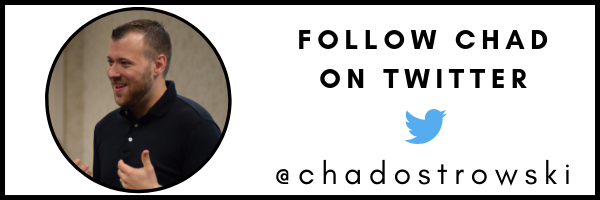In This Post:
- Aligned assessments are vital to accurately measuring student understanding.
- Four steps to create assessments that are aligned to your objectives.
As an educator, assessment design can be a pain. Many times, we are tempted to find an assessment from available curriculum resources or grab questions from the “back of the chapter” and call it a day.
However, purposeful and aligned assessments are important. They ensure that data and results are accurate and truly represent student understanding.
In fact, one of the first things I ask when an educator doesn’t understand their student’s performance on an assessment is usually, “Was it a good assessment?”
Backwards Design is a great way to assure that your assessment is effective. There are a few easy steps you can take to begin using backwards design to build your assessments.
Backwards Design Step 1: Start With Standards
Starting with your standards, regardless of where you teach, is absolutely paramount to the success of an assessment. You must be certain that you align questions, learning opportunities, and test items.
Starting with your standards, regardless of where you teach, is absolutely paramount to the success of an assessment. Click To TweetIt’s also imperative to include all components of the standard. Skipping this step may cause you to cover information that is not even needed, or worse, not adequately prepare your students with the information they need to succeed.
Most standards also have extensive language and identify the depth at which the learning should occur. This itself is a strategic goal to reach with the assessment.
Pay attention to this language. It prevents you from focusing too much of the test “below standards”. Or in the opposite way, you avoid forcing students to demonstrate mastery “beyond standard” when your goal is to meet it.
Backwards Design Step 2 : Create Learning Targets or Clear Objectives (Tiered)
Now that you’ve addressed the standards as written, you need to provide student-friendly language to communicate what students need to know. This can be tiered up to the standard, which provides a pathway for mastery.
Using DOK (Depth of Knowledge) is a great way to identify the level at which a given target or standard is written. By creating specific and clear objectives for students, you align your instruction to these statements. This ensures that you assess what is needed.
[scroll down to keep reading]
Backwards Design Step 3: Develop Essential Mastery Questions
This next piece is important because it can not only drive questions used for daily formative checks, but also items and concepts that should appear on the final assessment within a learning cycle.
Mastery questions questions aligned directly to each learning objective are a tool themselves. Answers show mastery of the target itself.
As the targets increase in complexity, you need fewer, more sophisticated questions. These provide direct alignment to both the learning targets and the standards.
Backwards Design Step 4 : Create a Tiered Assessment
Instead of randomly plugging your questions into a test and calling it a day, spread out the Essential Mastery Questions into sections of the test. Clearly identify which objectives are being assessed.
This way, you look at student mastery holistically and more in depth. You see which objectives a student has mastered and which are still a struggle. Final products are clearly aligned to each objective and to the standards.
When we utilize backwards design, we avoid the common pitfalls of assessment design. We accurately measure student understanding. Furthermore, we also have the tools to make instructional changes. Changes that meet the needs of our students and allow them to thrive.
Another benefit? Daily instruction aligns to desired outcomes. All because you worked backwards.
Are you ready to design better assessments?
About Chad Ostrowski
Chad Ostrowski is the co-founder of the Teach Better Team and the creator of The Grid Method, but he is a middle school science teacher at heart. He now travels the country sharing his story, working with teachers, schools, and districts to help them to reach more students. Chad is also a member of the Teach Better Speakers Network.



